Is the time we experience in our day-to-day lives real? Here, theoretical physicist Brian Green explores the potential particles of time and why we could, in theory, travel forward in time but not back.



An international team of astronomers have discovered a ‘cosmic one-two punch’ in the night sky that has never been seen before. In one image, the team managed to spot a supermassive black hole and two gigantic galaxy clusters colliding at the same time.
Matter ejected from the black hole gets caught up inside the violent galactic collisions, turning this dynamic duo into one hell of an enormous cosmic particle accelerator.
“We have seen each of these spectacular phenomena separately in many places,” said team leader Reinout van Weeren, from the Harvard-Smithsonian Centre for Astrophysics.
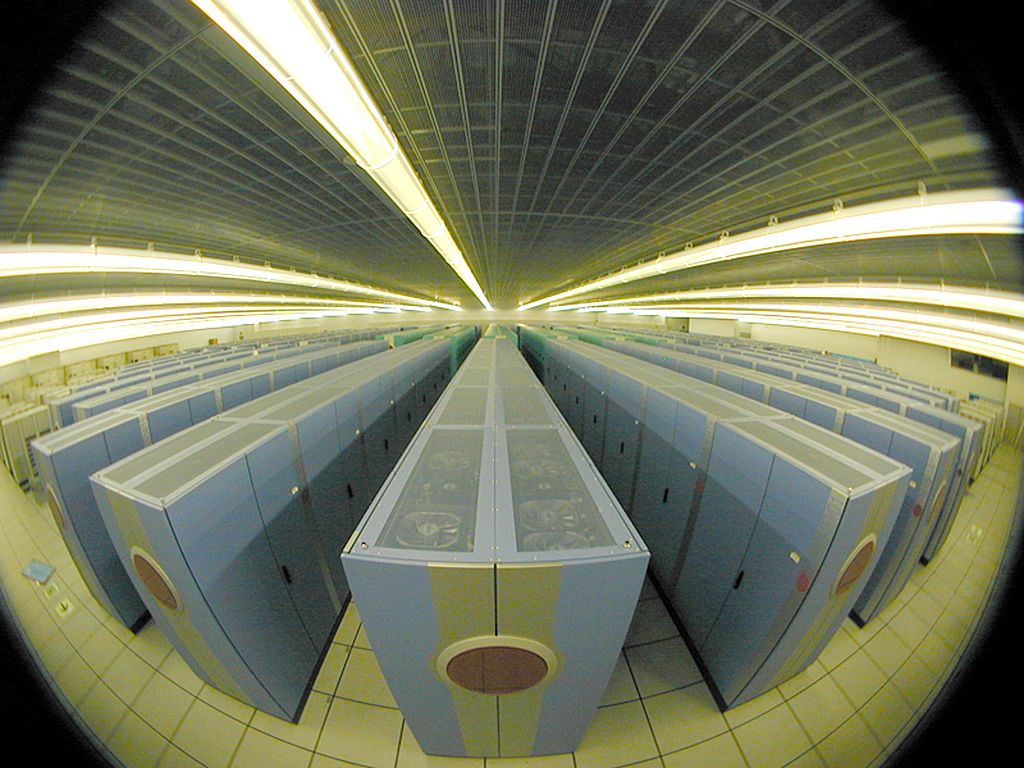
Nice advancement this week in QC.
Researchers may have finally created the first fully reprogrammable quantum computer in the world. This changes the entire spectrum of the technology, as quantum computers so far could only run one type of equation.
This marks the beginning of reprogrammable quantum computers. Several teams and companies like IBM are still in the race towards quantum computing, which so far can only run one type of equation. This seems ironic as they can theoretically run more operations than there are atoms in the universe. But this stops now.
According to Futurism, a team from the University of Maryland may have developed the first fully programmable quantum computer.

Physicists engaged in the construction of a nuclotron-based ion collider (NICA) facility in Dubna, outside Moscow plan to combine efforts to create of a unique electron positron collider at Novosibirsk’s Budker Institute of Nuclear Physics. Promoters say the project would allow Russia to take the lead in a very promising niche of particle physics.
Budker Institute of Nuclear Physics Deputy Director Yevgeny Levichev discussed Russian physicists’ ambitious plans with Russia’s RIA Novosti news agency on Tuesday.
The Institute plans to create the Super Tau Charm Factory, a particle accelerator which would study the collision of beams of electrons (matter) and positrons (antimatter) in an effort to help to identify phenomena and processes beyond the Standard Model of particle physics.

In Brief Scientists from the Imperial College have discovered that light could possibly exist in a previously unknown form, as a mix with a single electron. This interaction creates light that has the properties of both particles.
For something that seems so integral to our lives, we are still discovering many things about light. Its most fundamental properties still astound us, and its interactions with other particles are full of surprises. Case in point, scientists from the Imperial College in London seem to have just discovered a new form of light, one made by combining light with a single electron particle.
This new form of light carries properties of both particles.
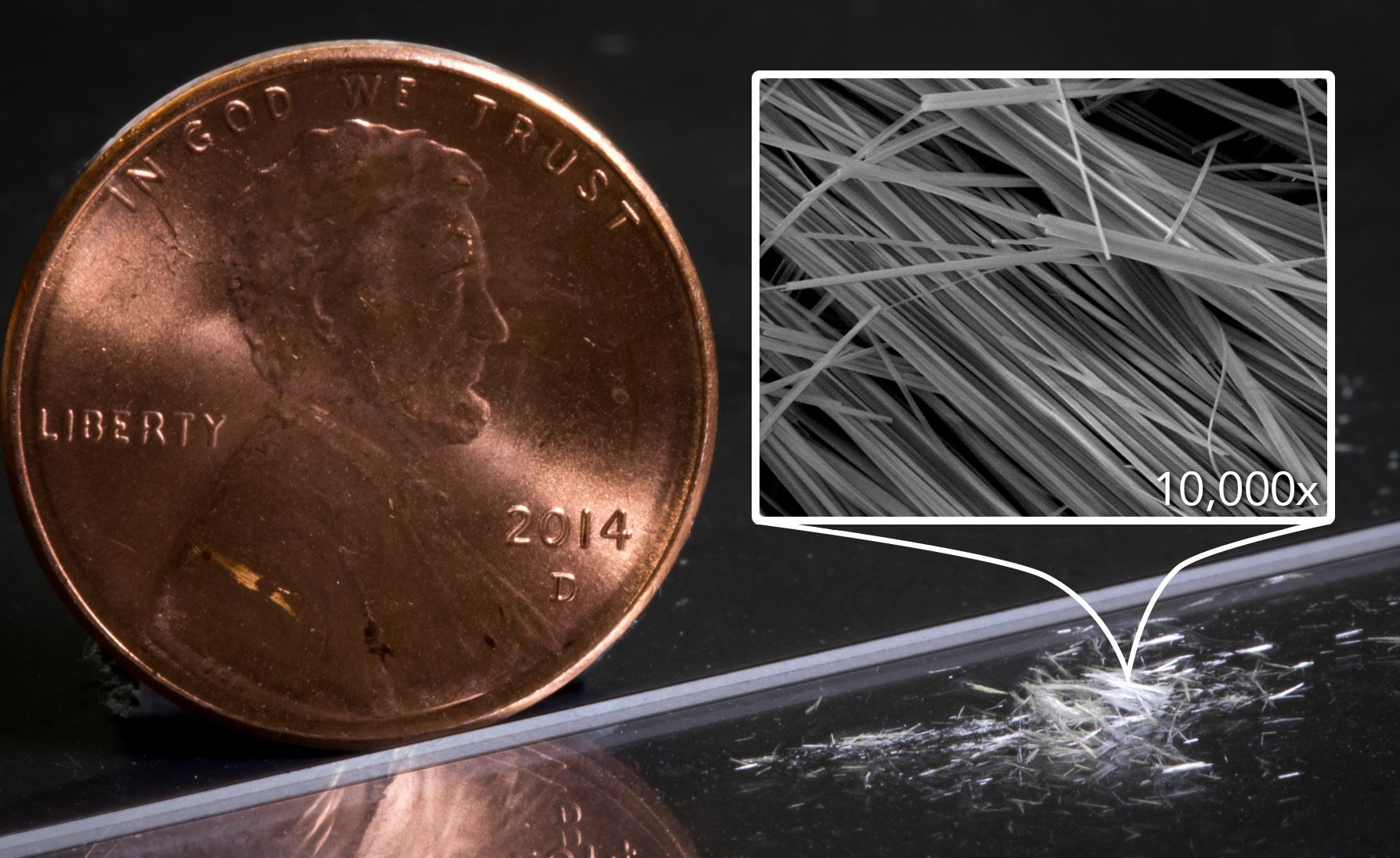
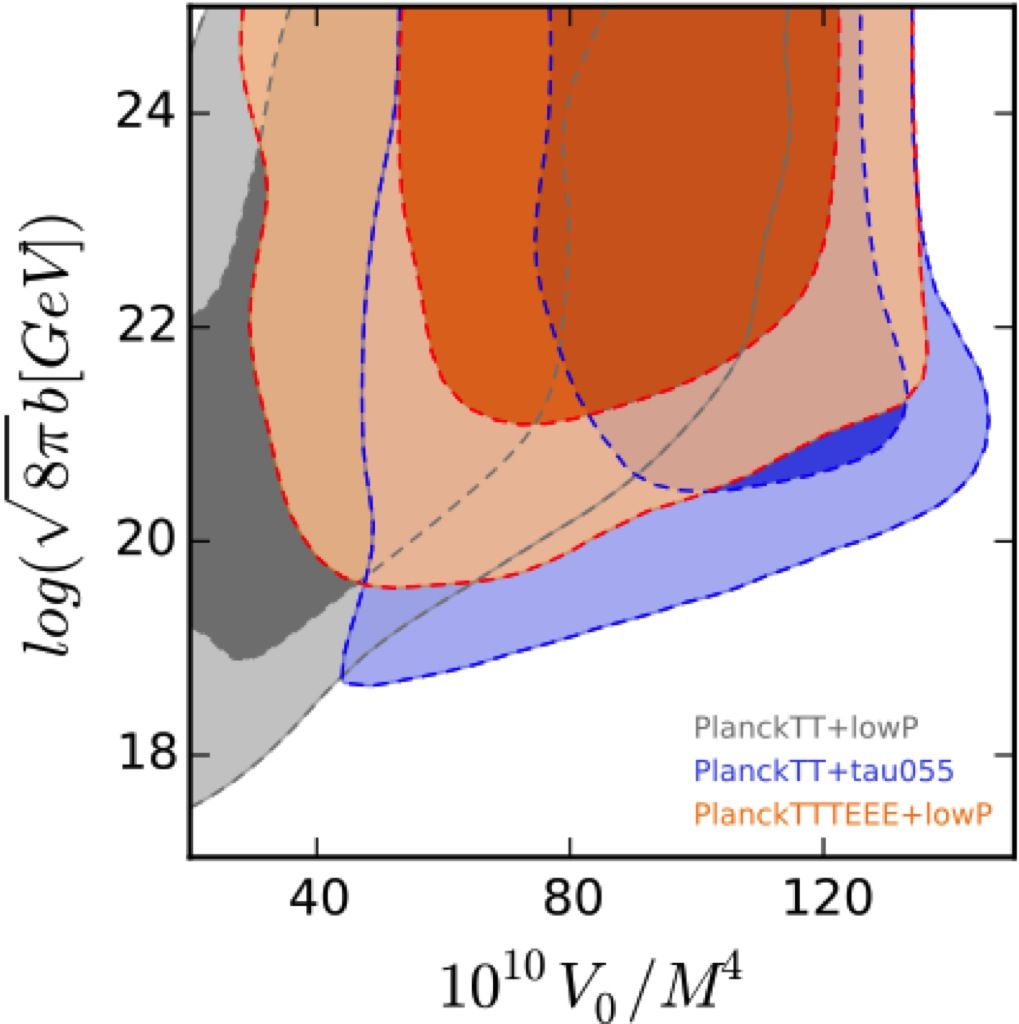
The 2015 Planck data release tightened the region of the allowed inflationary models. Inflationary models with convex potentials have now been ruled out since they produce a large tensor to scalar ratio. Meanwhile the same data offers interesting hints on possible deviations from the standard picture of CMB perturbations. Here we revisit the predictions of the theory of the origin of the universe from the landscape multiverse for the case of exponential inflation, for two reasons: firstly to check the status of the anomalies associated with this theory, in the light of the recent Planck data; secondly, to search for a counterexample whereby new physics modifications may bring convex inflationary potentials, thought to have been ruled out, back into the region of potentials allowed by data. Using the exponential inflation as an example of convex potentials, we find that the answer to both tests is positive: modifications to the perturbation spectrum and to the Newtonian potential of the universe originating from the quantum entanglement, bring the exponential potential, back within the allowed region of current data; and, the series of anomalies previously predicted in this theory, is still in good agreement with current data. Hence our finding for this convex potential comes at the price of allowing for additional thermal relic particles, equivalently dark radiation, in the early universe.
E. Valentino and L. Mersini-Houghton Wed, 28 Dec 16 26/46.
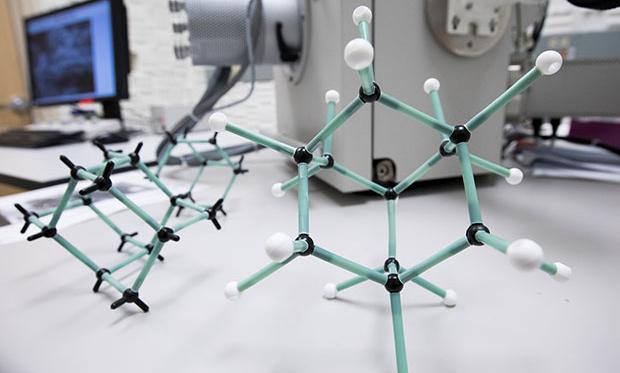
For the first time, a team of physicists have successfully teleported a quantum state of a photon to a crystal over 25 kilometers away through a fiber optic cable. This effectively showed that the photon’s quantum state, not its composition, is important to the teleportation process. The team was led by Nicolas Gisin of the University of Geneva and the results were published in the journal Nature Photonics. With this new paper, Gisin’s team has successfully squashed the previous record they set a decade ago by teleporting a quantum state of a proton 6 kilometers.
The quantum state of the photon is able to preserve information under extreme conditions, including the difference between traveling as light or becoming stored in the crystal like matter. The photon’s state acts as information that can be teleported along great distances using the optical fiber, and can be stored within the crystal. This was achieved due to a phenomenon in quantum mechanics known as entanglement, where two particles have a correlation, despite the fact that they aren’t touching and transmitting information to one another.
To test this and ensure what they were observing was actually happening, one photon was stored in a crystal while the other was sent along optical fiber, over a distance of 25 kilometers. The photon that was sent along the optical fiber collides with a third photon, which was assumed to destroy them both. However, the information from the first photon was transferred to the third photon in the collision, like the transfer of energy when one billiard ball hits another. The information from the third photon came back to the crystal where it could be measured to ensure the information was preserved between the first and the second.
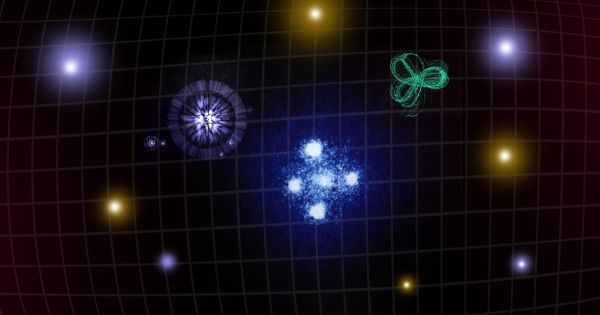
Einstein’s theory of relativity described gravity as the distortion of space and time—which bend and stretch based on the masses of objects within them as well as the energy released from the phenomena. A few years later however, we gained awareness of the confusing world of quantum physics as physicists discovered the existence of very small particles—which were later found to affect even the biggest, most powerful phenomena in the universe.
This led to the discovery of force-carrier particles, or bosons, behind three of the fundamental forces governing the universe: the electromagnetic field has photons, the strong nuclear force has gluons, and the weak force is carried by W and Z bosons. This leaves gravity out. Physicists hypothesize that, if the other three fundamental forces have a corresponding quantum theory, there must be a particle behind gravity too.
In an attempt to marry gravity with quantum theory, physicists came up with a hypothetical particle—the graviton. The graviton is said to be a massless, stable, spin-2 particle that travels at the speed of light.